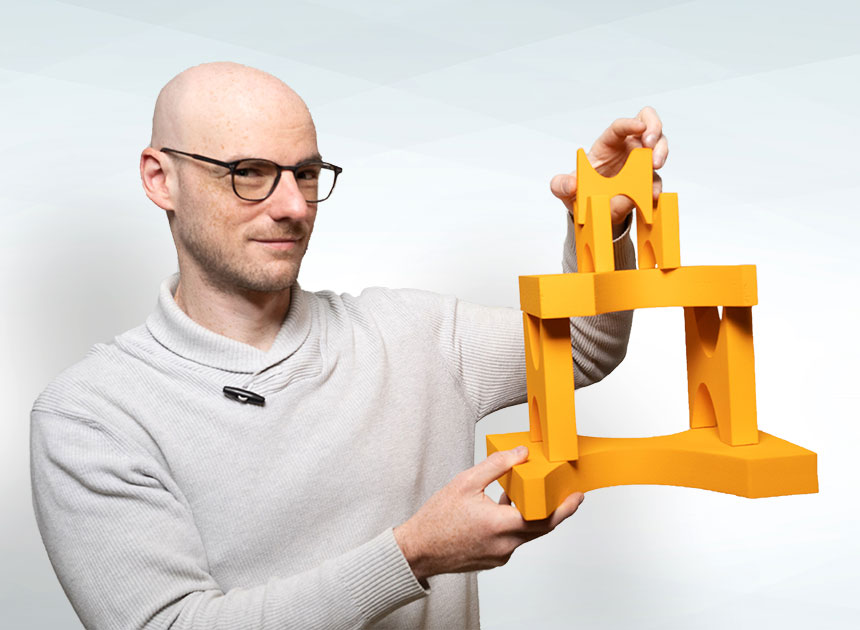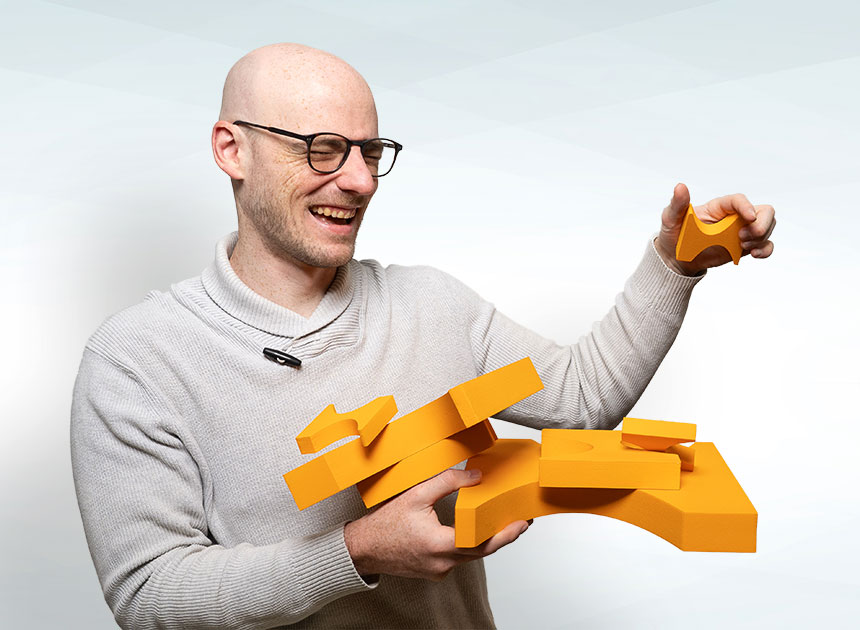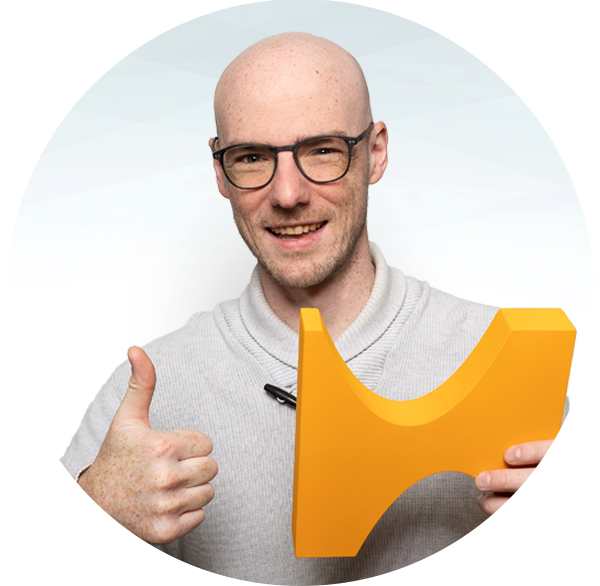
A typical working day starts with checking the internal emails and the emails on the customer system. In my project, we follow the Scrum process so that the tasks for each sprint are clearly distributed via Azure Devops and responsibilities are assigned. If there are problems with the developed application, I investigate the errors and create a new bug. On a day-to-day basis, the focus is usually on developing new features for an application for processing tables from Excel files. In addition to normalising the values, the main focus is on automatically classifying the column types. For example, I am investigating whether features can be automatically generated from the column contents by calculating word vectors using Fasttex. Other tasks deal with the recognition of special columns and their processing. Deployments of the current version of the software on the production environment are also regularly scheduled. This also includes a quick check at the end to ensure that everything is working as expected.
At HMS, I get a good overall package of colleagues, tasks and salary that makes me enjoy coming to work. It consists of interesting tasks that still challenge me even after more than three years in the project. On the other hand, there are lots of nice and interesting colleagues and also a wide range of leisure activities: e.g. a soccer group.
A good mix of professionalism and a relaxed atmosphere. There are also varied tasks and good opportunities for further training. Good atmosphere in the company, joint activities such as Christmas parties or team events, which are not compulsory, but which people enjoy taking part in. Suggestions for improving processes or for further training are welcomed and treated seriously. For example, an idea from the employee group received support and was turned into a regular meeting. This initiative is about practising situations from everyday project work in the form of role plays.
I am currently working on a project that enables the processing of insurance-specific Excel files for an insurance company. Machine learning models are also used to predict the column type. The nature of the project has two aspects. On the one hand suitable models must be created. First, the training data is collected and cleansed. Suitable features must then be found and models trained. On the other hand, there is the aspect of software development, in which the models have to be integrated into a complete application together with code for normalising and cleaning the data.
As part of the project to process insurance-specific Excel files, a proof of concept was also carried out in which the technical assignment (e.g. contains data on natural disasters) was to be examined from the content of entire tables using natural language processing.


Working with our customers to find the best solution for known problems and proactively looking for further opportunities to advance customer projects. Through the project work, I am occasionally confronted with new technologies, e.g. the Azure Portal and the services offered, Kubernetes or Java Spring, and have to familiarise myself with them.
With its four divisions, HMS offers a broad foundation for responding to individual customer wishes and needs. The exchange between the divisions, both in terms of knowledge transfer and support in projects, is very extensive and works smoothly. As a result, HMS offers a perfectly assembled team for almost every customer requirement. HMS is also a Microsoft Gold Partner and has extensive expertise in the Microsoft cloud environment.
Rather flat hierarchies, for example, I have no inhibitions about setting deadlines for my project manager or division manager and know that my wishes will be taken seriously and, if possible, fulfilled.
A company car.
More opportunities for sabbaticals of more than 3 months.
Loners who are not team players.
First of all, definitely the feeling of being welcome. In addition, an interesting working environment with good training and interesting projects.
The idea came about as a result of a real-life situation from my day-to-day project work, where I thought in retrospect that my answer to the customer's question could have been much better. I would have liked to be able to practise such and similar situations in a "safe" environment in order to be able to answer more confidently next time. I then discussed the idea in a feedback meeting with my project manager Benjamin. Benjamin encouraged me to pursue the topic further. Kai, my division manager, also liked the idea, so we immediately set about finding a way to implement it. This resulted in the regular café format.
In day-to-day project work, there can be challenging conversations between project staff and customers. It can happen that the employee finds themselves in an unfavorable situation. For example, they could react to spontaneous special requests with premature promises that cannot be kept in retrospect. The aim of the café is to play through and discuss these situations in advance in the form of a role play in order to develop suitable communication strategies. The focus is on trying out and "living through" the situation rather than passively listening.
It is led by an experienced senior project manager. The dialogue situations are practised in the form of 2-3 role-plays in which the participants take turns taking the position of the various dialogue partners. Successful communication strategies are demonstrated using positive and negative examples.
